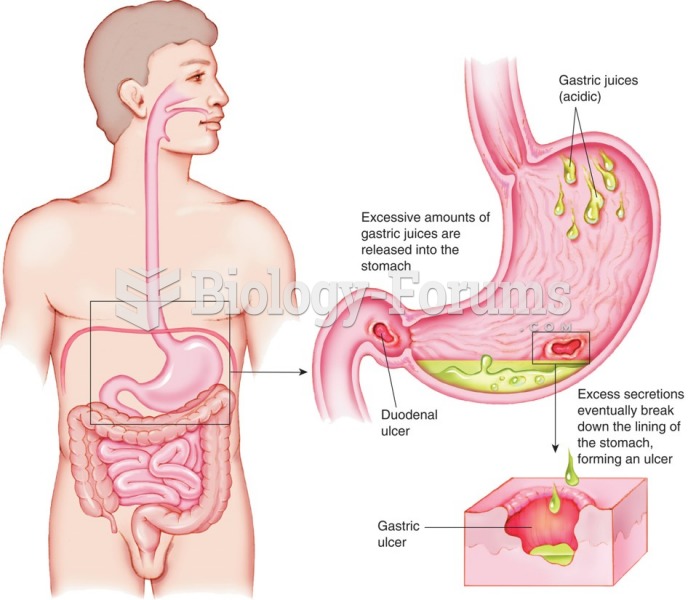|
|
|
Anti-aging claims should not ever be believed. There is no supplement, medication, or any other substance that has been proven to slow or stop the aging process.
Limit intake of red meat and dairy products made with whole milk. Choose skim milk, low-fat or fat-free dairy products. Limit fried food. Use healthy oils when cooking.
Complications of influenza include: bacterial pneumonia, ear and sinus infections, dehydration, and worsening of chronic conditions such as asthma, congestive heart failure, or diabetes.
Egg cells are about the size of a grain of sand. They are formed inside of a female's ovaries before she is even born.
More than nineteen million Americans carry the factor V gene that causes blood clots, pulmonary embolism, and heart disease.






